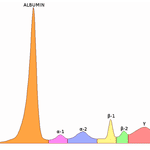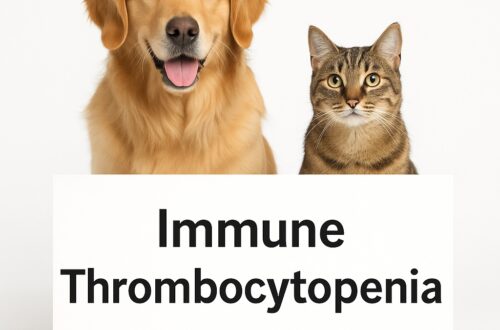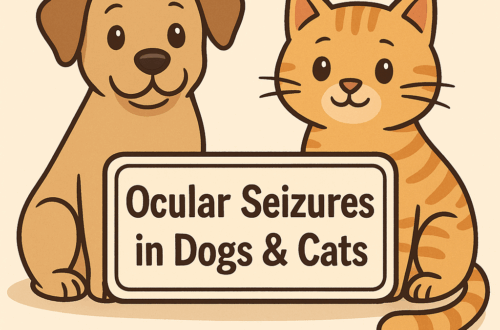Several of you have requested more information about various bloodwork abnormalities to help you better understand your pet’s blood test results. You ask and you shall receive! This week’s post is dedicated to globulins, a unique category of proteins found in blood. I hope you enjoy the post and will share it with other pet owners. Happy reading!
What are globulins?
Globulins are a group of proteins in the blood that made by the liver. There are several types of globulins, including:
- Clotting proteins – proteins that help blood clots form and dissolve properly
- Immunoglobulins – also known as antibodies, these proteins are produced by white blood cells and are critical components of the immune response
- Lipoproteins – these are unique structures that contain both lipid (fat) and protein
- Complement system – this is a group of proteins that are activated by exposure to pathogens (e.g.: bacteria)
- Acute phase proteins – these are proteins who concentration increases in response to inflammatory chemicals (called cytokines) circulating in the bloodstream. Examples include fibrinogen, C-reactive protein, serum amyloid A, haptoglobin, alpha-1-acid glycoprotein, transferrin, and ceruloplasmin.
Globulins are generally classified as alpha, beta, or gamma. This categorization is based on a laboratory characteristic called electrophoretic mobility. Collectively, globulins play important roles in liver function, proper blood clotting, and fighting infections.
How are they measured?
Globulins are traditionally measured collectively in blood samples. This means – in general – veterinarians receive results for all globulins. They do not routinely receive information about the different types of globulins mentioned earlier. If globulins are elevated or decreased, veterinarians may recommend additional diagnostic tests to help them determine the cause of the abnormality.
One notable test that may recommended in globulins are elevated is a blood test called serum protein electrophoresis. This non-invasive assay is a helpful way to separate globulins into their different protein types. Knowledge of which globulins are abnormal can often provide helpful clues about a pet’s underlying disease process.
Why do globulins increase?
Hyperglobulinemia – an elevation of globulins – is a relatively common biochemical abnormality found in cats and dogs. Perhaps the most common reasons for globulins to be increased are dehydration and chronic inflammation (for example, associated with skin conditions). Other potential causes are more sinister and include:
- Cancer – notable examples are multiple myeloma and lymphoma (cats, dogs)
- Infections – potential diseases include ehrlichiosis and babesiosis, and feline infectious peritonitis
- Immune-mediated conditions – common examples include immune-mediated hemolytic anemia and immune-mediated thrombocytopenia
Why do they decrease?
Low globulins (called hypoglobulinemia) are not as common in cats and dogs compared to hyperglobulinemia. Major common causes include:
- Liver dysfunction – diseases like copper storage disease and chronic hepatitis in dogs that causes the liver to meaningfully function improperly may be characterized by low globulins
- Protein-losing enteropathy (PLE)
- Protein-losing nephropathy (PLN)
- Blood loss
- Neonates
- Immunodeficiency
- Nutritional problems
The take-away message about globulins in pets…
Globulins are a group of special proteins in the blood. They are made in the liver and help the immune system respond to a variety of problems. Several diseases can make globulins go up or down, and determining the cause of this biochemical abnormality is of paramount importance to maximize the likelihood of a positive outcome.
To find a board-certified veterinary internal medicine specialist, please visit the American College of Veterinary Internal Medicine.
Wishing you wet-nosed kisses,
CriticalCareDVM









